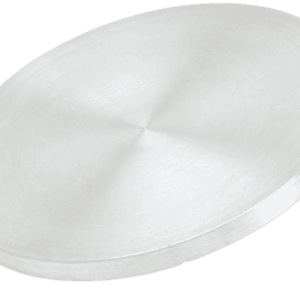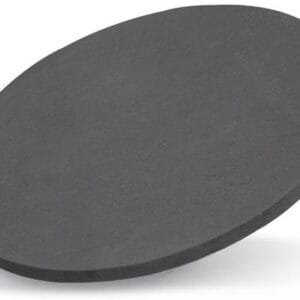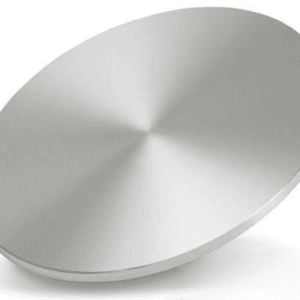Introduction
Specifications
| Materials | Niobium Rotary Sputtering Target |
|---|---|
| Symbol | Nb |
| Purity | 99.95% |
| Theoretical Density (g/cc) | 8.57 |
| Melting Point (°C) | 2,468 |
| Production Method | Spraying Type / Monolithic Type (VIM) |
| Backing Tube | Titanium, Stainless Steel |
| Size | As per customer’s drawings |
| Relative Density | >= 96% |
| Grain Sizes | < 100 µm |
| Annual Capacity | 1000 tons |
Applications
- Optical Coating
- Semiconductor Electronics Industry
- TFT-LCD Coating
- Construction / Automotive Glass Industry


 MSDS File
MSDS File



Reviews
There are no reviews yet.